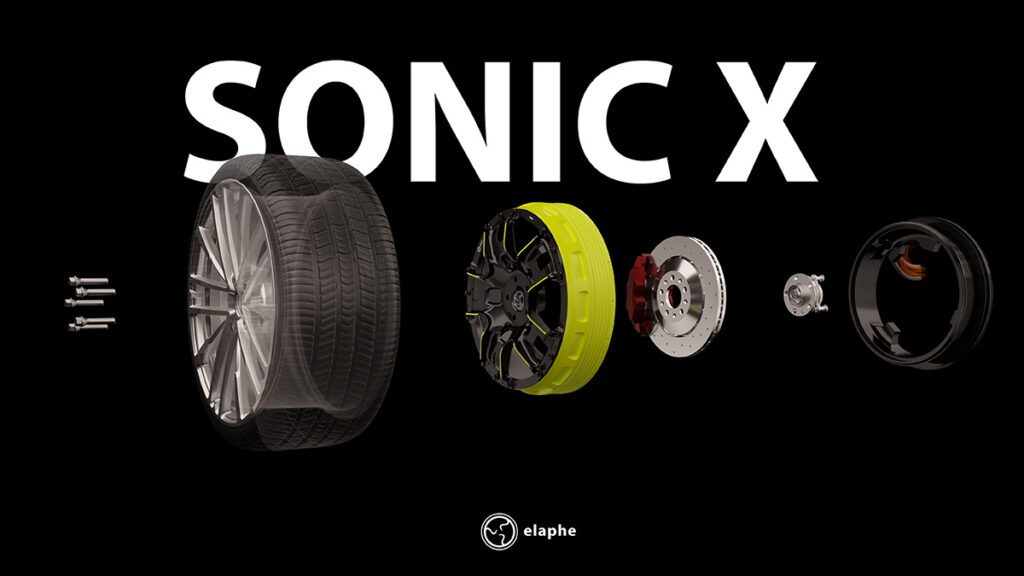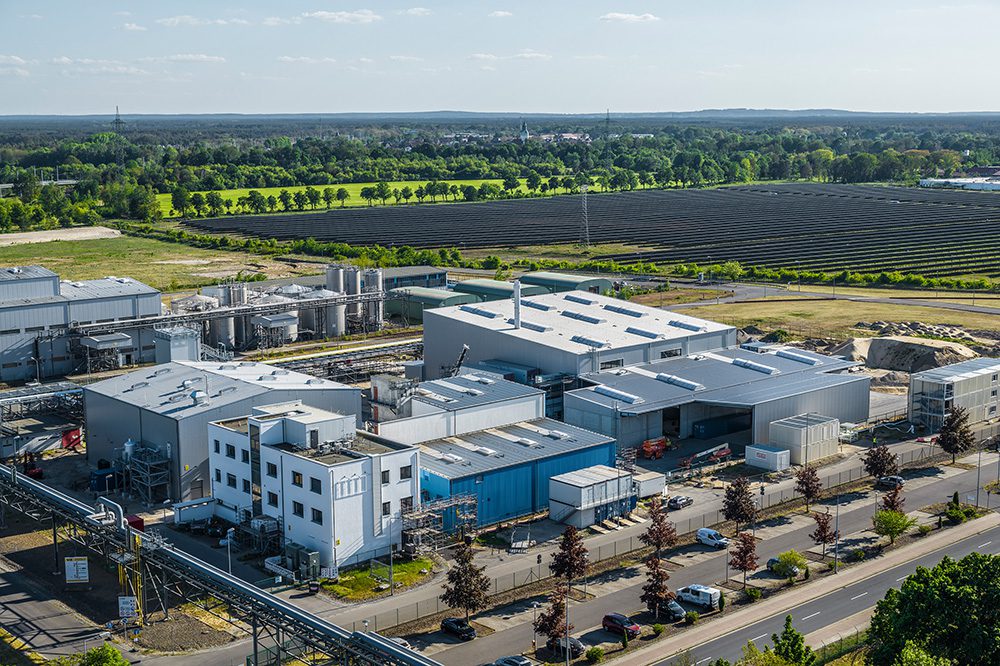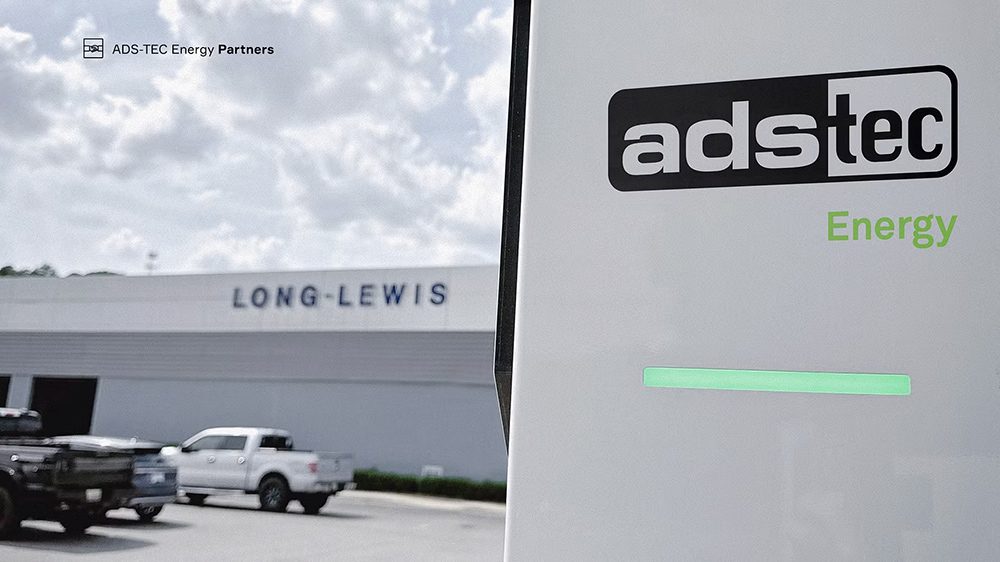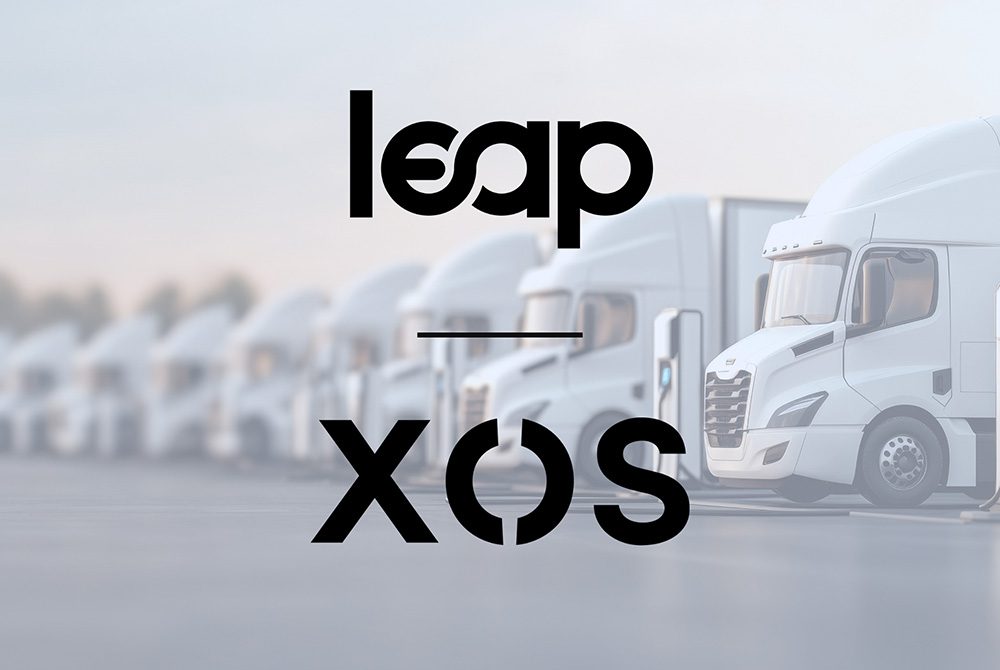As emissions standards tighten around the world, and the threat from EVs grows, shouldn’t automakers be making their cars cleaner? Somehow, they don’t seem able to do so. According to a recent report from JATO Dynamics (via Automotive News Europe), European emissions actually increased by a small amount in 2017, reversing a decade of steady improvement.
This isn’t just bad news for human health and the climate – real money could soon be at risk. Tougher pollution standards are scheduled to go into effect in less than two years, and automakers are a long way from meeting them. European fleet average emissions in 2017 amounted to about 118 grams of CO2 per kilometer traveled. By 2021, the fleet average for new cars needs to drop to 95 g/km, with a phase-in period starting in 2020.
Cars that don’t meet the target will incur a fine of 95 euros per gram, per car. That could add up to hundreds of millions of euros per year for some manufacturers. “Everyone should be worried,” said Felipe Munoz, Global Automotive Analyst at JATO. “The performance isn’t showing any more improvement, and the target is coming soon.”
There are two main reasons for the increased emissions. One is a plunge in the popularity of diesel engines, which tend to emit less carbon than comparable gas engines (however, don’t get nostalgic for diesels – they also emit nitrogen oxides and fine particulate matter, which are serious air pollution hazards). The second reason is that Europeans are following America’s lead and falling in love with SUVs and crossovers.
Every brand has its own unique situation vis a vis emissions. Among the high-volume brands, the only ones that showed improvement in 2017 were Fiat and Toyota – for opposite reasons. Toyota is focused on hybrids, and plans to stop selling diesel cars by 2019. Its 2017 fleet average was 101.2 g/km, making it Europe’s third-cleanest car brand, behind Tesla and smart. “Toyota is the best example to follow,” Munoz said. “We think they will continue to lead.”
Fiat posted a temporary improvement thanks to sales of its Tipo, which has a new diesel engine that produces 3.5 g/km less CO2 than its predecessor. However, with no electrified vehicles in its fleet, the company will find it hard to post any future gains, Munoz said.
Among premium brands, BMW posted a slight improvement in emissions, thanks to electric vehicles, which now make up 7 percent of sales. “There are automakers focusing more on alternative-fuel vehicles, which are right now the main drivers of improvement,” Munoz said. “As long as they keep pushing these cars, this will help offset the decrease in diesel.”
Obviously, electrification is the only long-term solution, but with the exception of a few countries (especially Norway and The Netherlands), adoption remains slow. “As diesel sales fall, the rate of adoption of electric vehicles and hybrids is much slower than the switch to gasoline engines,” Munoz said.
Which manufacturer had the lowest emissions? The only one that had none. After a slow start, Tesla sales are starting to take off in Europe. Sales showed no meaningful growth between 2015 and 2016, but in 2017 they nearly doubled, to a total of 27,986 (according to CarSalesBase.com). Things could really get interesting when Model 3 arrives on the Continental market, which is supposed to happen late this year.
Sources: JATO Dynamics, Automotive News Europe via EVannex


















































































